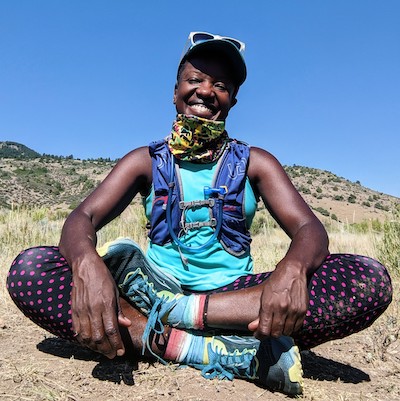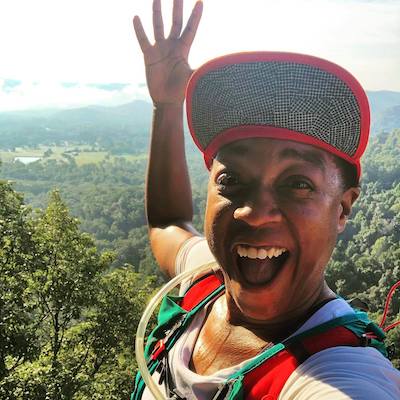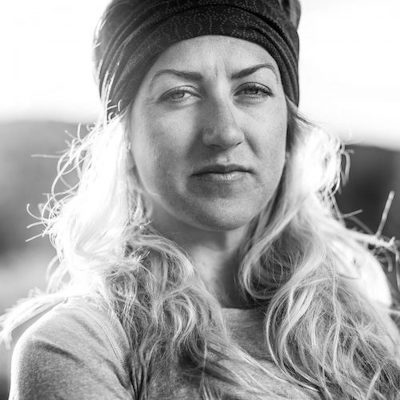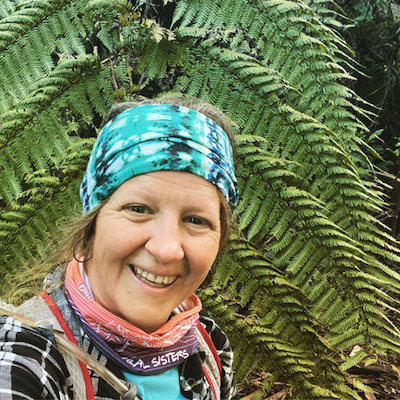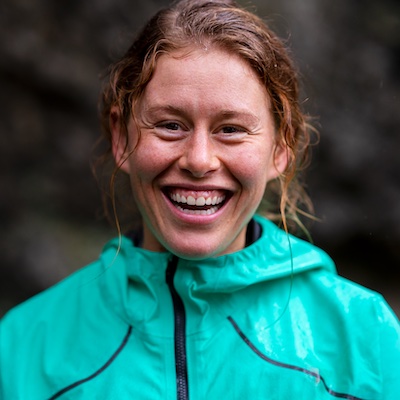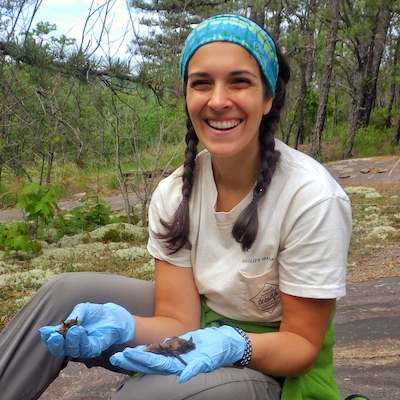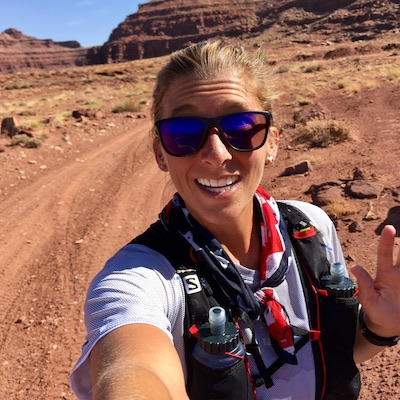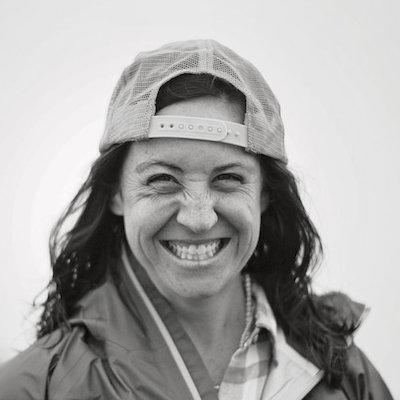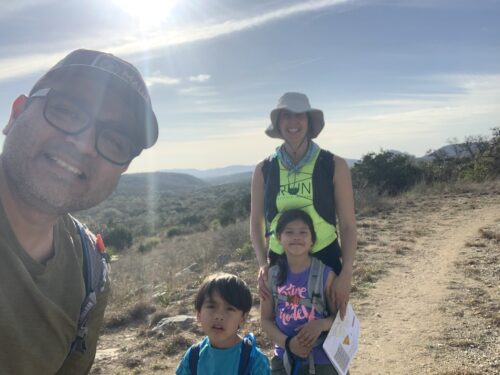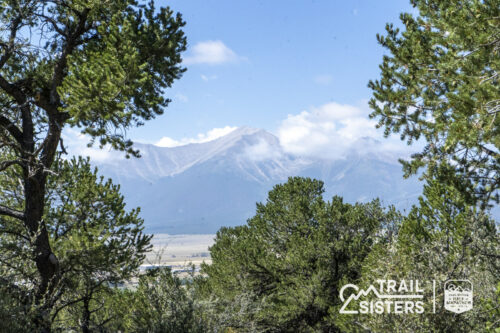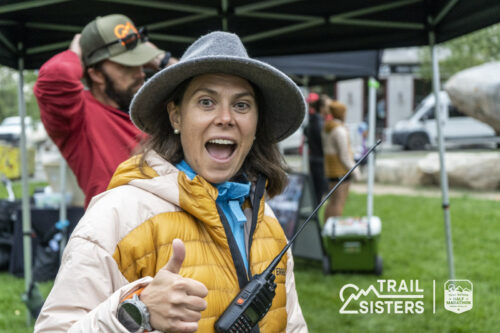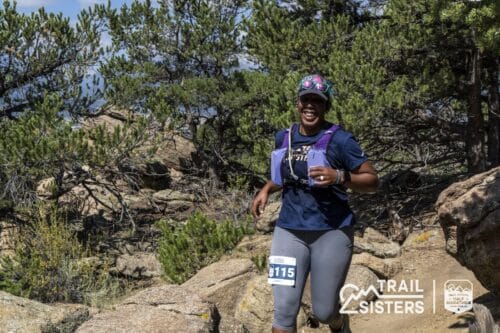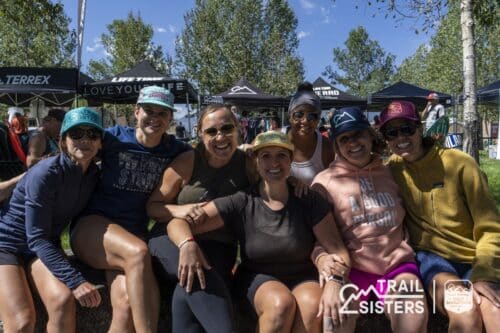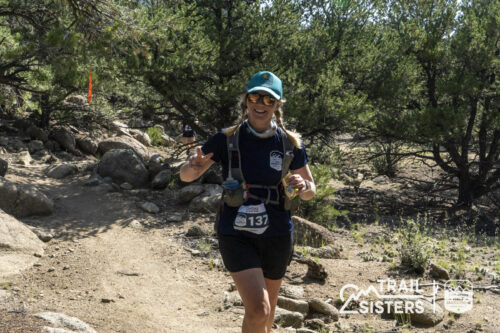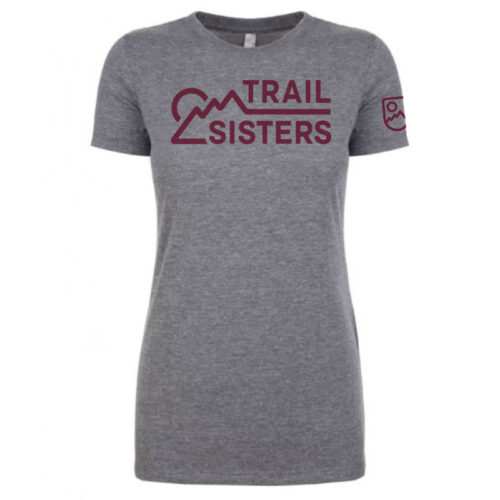Main Menu
Homepage / Ask the Trail Sisters / ASK TS: Prep for Mountain Running
ASK TS: Prep for Mountain Running
Ask the Trail Sisters Panel of Experts is made up of inspirational and knowledgeable women who share a love for trail running, hiking, and the outdoors. These women volunteer their time and expertise to help others enjoy a better experience on the trails.
Share This Article!
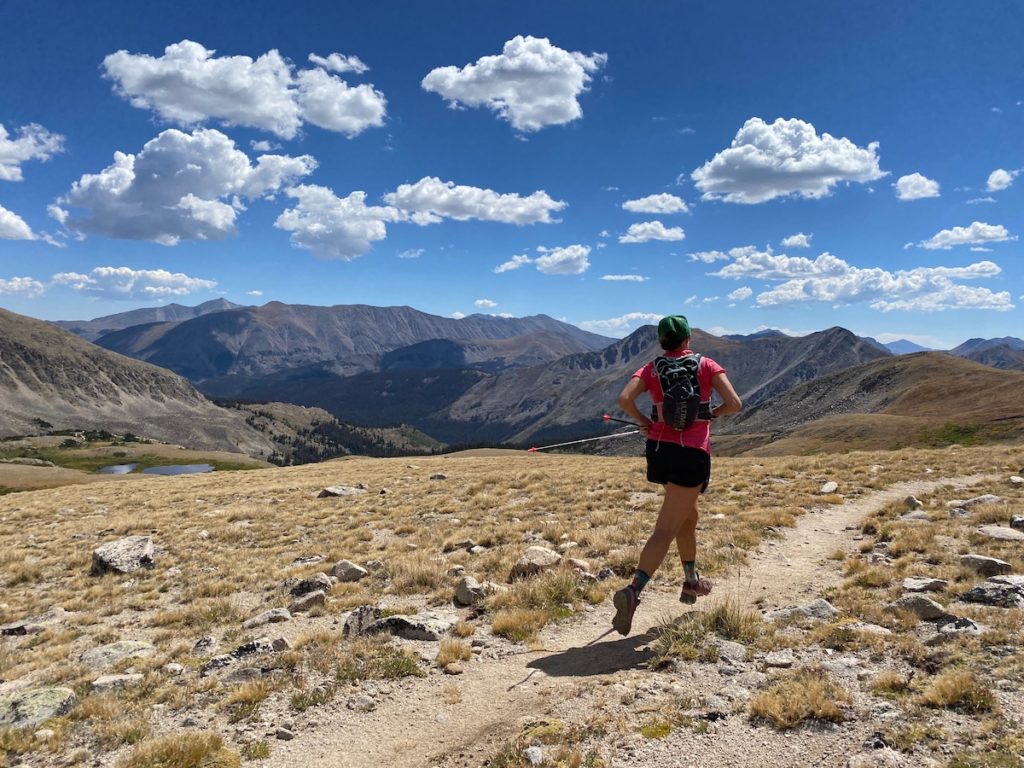
By: Trail Sisters
The Panel of Experts from Ask the Trail Sisters answer your questions!
Learn more about the panelists and ask a question!
How do you train for altitude and vert if you live at sea level or in a flat-ish area? Any tips, tricks, or suggestions would be great!
Here, you’ll have an opportunity to get creative with your training. For training yourself to run under conditions of less oxygen, you could try a high-altitude training mask on some of your training runs. For elevation gain, hill reps on any hill you can get to, as well as city bridges and stairs, will help you build strength in your legs. Of course, if you own a treadmill, you can easily incorporate training runs with as much elevation gain as you like. Incorporating strengthening exercises specifically targeting your legs will also build endurance for those big climbs and descents. And go easy on race day if this will be your first time as a flatlander running a race with a lot of vert. You’ve put in the training…now run the race conservatively and enjoy the ride.
I live at a high altitude, but I’m not always able to get to the mountains due to trail closures, weather, time constraints, or other issues. In order to simulate vert, set your treadmill for extended climbs, trek through town with a weighted pack, find the stairs and take them wherever possible. Repeatedly. And doing all of this while wearing a facemask will increase tension on your breathing, which could mimic an experience of restricted airflow at higher altitudes.
When I lived in pancake-flat Chicago, it looked like a lot of stair training in parking lots and a local park that had a big set of steps. And in Kentucky, I have access to plenty of vert but no altitude. I did find the humid summers helped prepare me for stage racing in Colorado. I got used to working hard and breathing heavy. So when I got to Colorado, the humidity was replaced with altitude so I was working hard and breathing heavy in a different way but my training helped me feel comfortable with the discomfort.
I lived at sea level for a long time before moving to the mountains, but continually chose high altitude races. I was able to get to the mountains on the weekends, but my weekday training incorporated these three stressors: hills, heat, and an altitude tent. 1. Even in a mostly flat area, a hill can be found, and said found hill can be used for repeats. 2. There’s some science to supplementing altitude training with heat training (have yourself a Google) – I did a combo of purposely running in the heat and some sauna training. 3. I never did any testing to see if sleeping in an altitude tent at night created any meaningful changes in my body. However, I did find that I felt much more acclimated going to the mountains on the weekends or for races, particularly when going above 11k’ – no altitude sickness and just all around felt better.
Hill repeats for the vert. This can be done on a small hill or stairs, or if there truly are no hills/stairs, on the treadmill at 5-10% incline. The idea is to warm up for about 10 minutes and then hit the hill for 30 seconds to 3 minutes of solid uphill. Jog or rest until your heartbeat resets (you aren’t feeling the pounding anymore), and then do it again. You can work in quite a few sessions in a regular training run if you plan ahead. If you happen to be running somewhere a little hilly, take advantage of these little hills and go for it. I have never done anything special for altitude training besides acknowledging that it can be a bit rough to suddenly be running in big altitude, and make sure I know what the signs of altitude sickness are. Some gyms have an altitude room with training equipment, so that would be a possible option. Also, I know that some athletes use altitude tents for sleeping to help their bodies adjust.
A good way to stimulate altitude running is sauna training or heat training – it mimics the same physiological response as altitude training. Get creative with vert, stairs are a good way to do this.
A few tips and tricks for training for that vert at sea level is finding a good set of stairs and doing repeats on them, increasing the incline on the treadmill, or a stairmaster workout at the gym. You could also find any type of hill in your area and do repeats. Even if it’s a small hill you will feel the burn after those repeats!
Some of my most memorable ultra adventures have been in the mountains of Colorado, despite living at almost sea-level in Virginia! Granted, I didn’t run fast on those trips out west, but I felt prepared for the climbing and the altitude, and accepted early on that it would be a different type of race experience. In 2019, I trained for the Never Summer 100K in the northern Rockies by sitting in the sauna for up to 30 minutes after a run for heat training, as there is data that shows heat acclimation can also help with altitude. I also tried to get at least 7-10k feet of climb per week on our local mountains of central Virginia. If you live in a place where you can drive to mountains for training, it’s worth it! I even spent two weeks prior to the race in the San Juans of Colorado and in Denver, running and hiking, hoping to get more altitude benefits. Did it work? Let’s just say that running and hiking between 10 and 12K on race day was really tough, despite all my best preparation. I was moving so slowly because of the altitude, so I took a ton of photos and just enjoyed the experience and the beauty of the Colorado mountains — and enjoyed the altitude bump when I got home to Virginia!
As someone who lives at sea level, preparing for altitude has always been tricky. I have to remind myself that for the same amount of effort at sea level, my body will produce much slower times at altitude. As for vert, find whatever small hills or stairs/bleachers you can find and do intervals on them or throw them into your tempo runs. If you’ll be at a significant altitude for a race, try to arrive a few nights before the race to acclimatize.
While I live at sea level in Santa Cruz, CA, I am blessed to have mountains around me. But they definitely aren’t the massive mountains like true mountain running. To train for the vert, I tend to head to the dreadmill or a hill in my neighborhood that has a steeper grade and I do repeats. Lots of repeats. When I’m on a training run, I intentionally power hike so I can get used to moving on steep terrain at a reasonable pace. The altitude is still challenging for me. When I did the Trail Sisters retreat in Boulder, I actually had to get a medication I started two weeks before because I know I suffer from altitude sickness. I also brought an antiemetic with me. While that’s not training for altitude it’s the best I could do. I have friends who have bought altitude tents for their beds too. But I have not tested this so I couldn’t tell anyone what the results are for us sea dwellers to mountains.
Don’t let where you live deter you from aiming for a dream race! Getting as fit as possible will help a lot, incorporating whatever hills (or stairs) you do have around you, and adding some bodyweight exercises into the mix would be beneficial in preparing for a race with a lot of climbing.
Absolutely!! Treadmill, stairs (hello, parking garages and office buildings or stadiums!), stair stepper or bridge overpasses! I also used to do this cool move at the gym: I’d have a couple of bands wrapped around my shoulders and a box-jump-box and I would stair step up to it- the bands added a TON of resistance, really forcing me to engage quads and core with the bands pulling me down to the ground. It prepped me enough for two weeks backpacking in Glacier at 7-10k’ above sea-level living at 2200′. Also, running at the hottest part of the day, or running on a treadmill with the heat on full blast has helped me prep for altitude, too. But nothing beats just getting to altitude early (a few days) to adjust and acclimate.
The benefits of altitude training are to increase the amount of red blood cells and capacity to carry oxygen. You cannot get that unless you are in high altitude for a certain length of time. Running in high altitude makes your heart and lungs work harder than running at sea level, so you can simulate your training by running on similar courses at a higher intensity than usual. Hill repeats can be a good one. If you are racing in high altitude, arrive early at least a few days to acclimatize. Your pace at sea level will feel like a harder pace at high altitude, so remember to create a modified pacing chart or hydration/nutrition plans.
Feature Photo Credit: Brian Allen-Aguilar @crazylykeafox
About the Author
Ask the Trail Sisters Panel of Experts is made up of inspirational and knowledgeable women who share a love for trail running, hiking, and the outdoors. These women volunteer their time and expertise to help others enjoy a better experience on the trails.
Share This Article!



